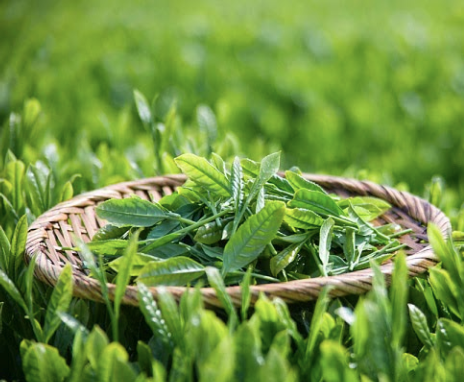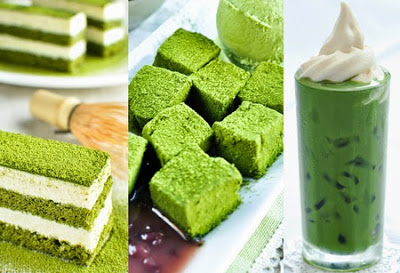Coffee & Life
Matcha Green Tea Powder in the Japanese Tea Ceremony and Its Culinary Variations in Japanese Cuisine

Japan is a country with a long, rich, and diverse history. Today, when people think of Japan, aside from the globally renowned corporations and products from the world’s second-largest economy—such as Sony, Toyota, Honda, and Toshiba—they also think of bonsai (the art of miniature tree cultivation), sadō (the way of tea), and ikebana (the art of flower arrangement). Among these, the tea ceremony is regarded as a quintessential traditional Japanese cultural practice that continues to be preserved and developed today.
However, with the advancement of the economy and changes in lifestyle, matcha—the powdered green tea used in tea ceremonies—has evolved. A wide variety of creative beverages made with matcha have been developed to appeal to different segments of society.
After the 1964 Tokyo Summer Olympics, coffee shops began to sprout up everywhere, and coffee drinking gradually overtook traditional tea consumption among the Japanese. The market share of Japanese tea in general, and matcha in particular, began to shrink, even facing the risk of disappearing. Necessity being the mother of invention, the fifth-generation owner of Hayashiya—a traditional tea room established in Kyoto in 1794—came up with a bold and creative idea. In 1965, he opened Kyo-Hayashiya, a café where people could enjoy matcha in a Western-style setting, without the complex formalities of traditional tea ceremonies.
Uniquely, Kyo-Hayashiya not only served matcha drinks but also a wide range of matcha-based sweets and desserts, such as cakes, ice cream, and che (traditional Japanese sweets), along with other Japanese teas. This innovative approach made Kyo-Hayashiya highly popular and consistently busy. Today, Kyo-Hayashiya has 15 branches in Tokyo, Yokohama, and Kyoto.

In recent years, MATCHA has made its way to Vietnam and become a culinary trend among the younger generation. Not only is it popular among the youth, but MATCHA is now widely used by many groups thanks to its wonderful health benefits: from children, teenagers, office ladies, to the elderly… Thanks to the versatility of MATCHA, people no longer consume it merely as a “functional food” but as an enjoyable experience.
Today, the tea ceremony still plays an important role in the spiritual life of the Japanese people. Many Japanese regularly participate in tea gatherings, and with each occasion, they contribute a small part to the 885-year-long history of preserving and continuously developing the art of tea. This is something we should learn from the Land of the Rising Sun: “To develop while still maintaining the inherent traditional values.”
Collected.







